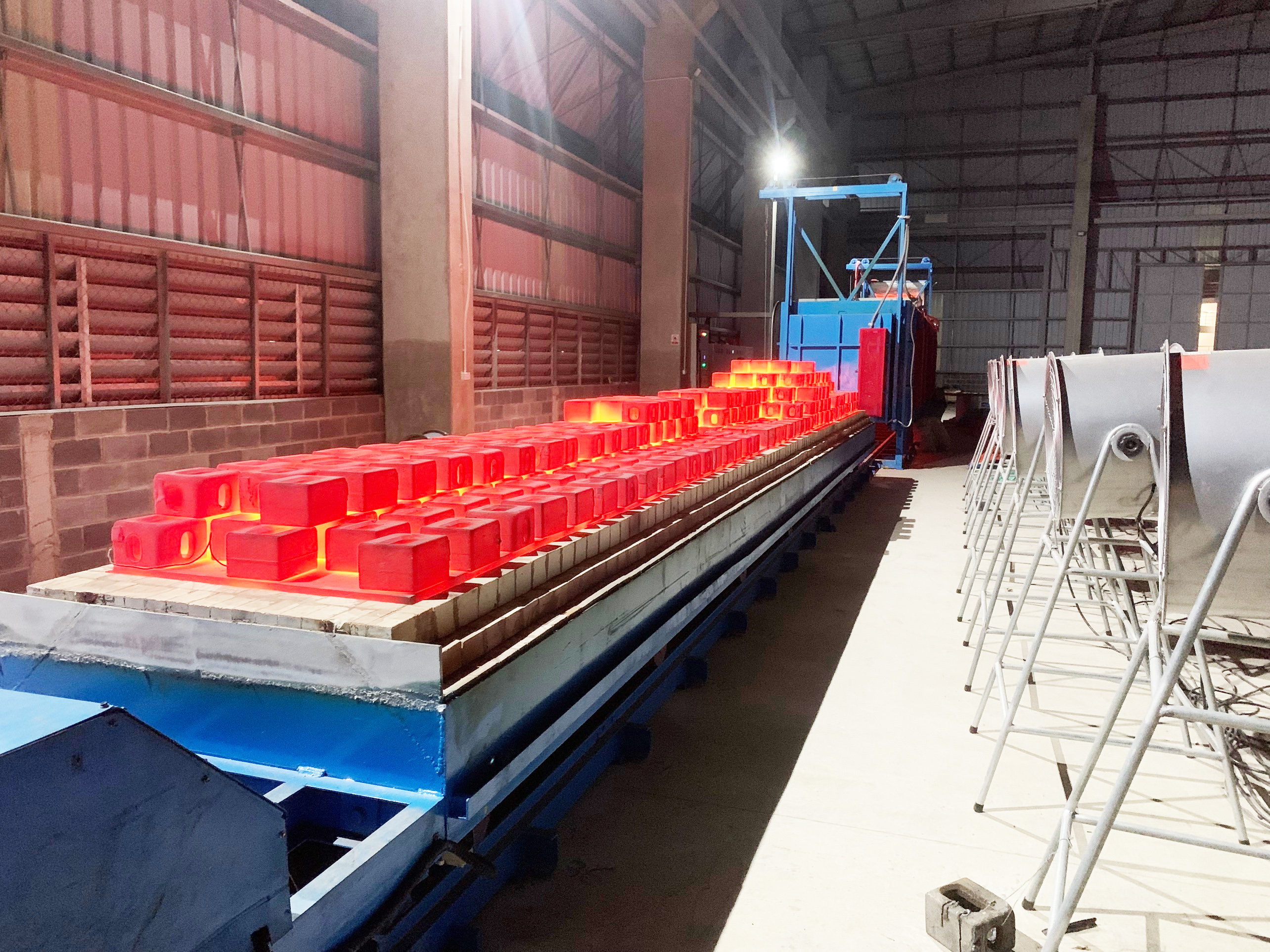Heat Treatment of White Cast Iron
Mar. 19, 2024
White cast iron has a high hardness, cannot be machined, and is very brittle, so it is rarely used directly to make machine parts. According to the chemical composition and working conditions of cast iron, the commonly used heat treatment processes are stress relief annealing, softening annealing or normalizing, quenching and tempering, etc. In addition, most white cast iron parts are malleable cast iron blanks and need to be graphitized annealed to make Most or all of the cementite decomposes to form flocculent (or spheroidal) graphite, transforming white cast iron into malleable cast iron.
(1) Stress Relieving Annealing
It is mostly used in high-silicon and high-chromium alloy white cast iron. Due to the large internal stress in casting, self-made parts will cause spontaneous cracking during vibration or environmental changes if the residual internal stress is not eliminated in time. Generally, the annealing heating of cast iron parts is low, but for high-alloy white iron castings, the white cast iron structure is relatively stable, so the annealing temperature is higher. The process specification used is 800~900℃×1~4h. After the heat preservation is completed, It is cooled in the furnace to 100~150℃ and then air-cooled out of the furnace.
(2) Soften Annealing
For some alloy white iron castings with high hardenability, there is a large amount of martensite in the cast iron, but less cementite and high hardness. Parts made of this type of material need to be machined, so they must be processed. The soft annealing process transforms martensite into pearlite, thereby reducing the hardness of the cast iron to a point where it can be machined.
(3) Quenching and Tempering
It is mostly used for low silicon, low phosphorus and sulfur wear-resistant white iron castings with low carbon content. Due to its high content of alloying elements, carbides are difficult to dissolve in austenite. The use of quenching treatment (heating temperature is 950~1000℃) will dissolve more carbides in the austenite, and a higher hardness martensite structure will be obtained after cooling, thereby ensuring that the cast iron parts have better wear resistance , in order to reduce internal stress and avoid cracking, nitrate salt graded quenching can also be used, and finally tempered at a temperature of 180 to 200°C for 1 to 3 hours.
(4) Isothermal quenching
It is mostly used for mechanical plowshares, feed crusher hammers, shot blasting machine blades, linings and other parts that require wear resistance and impact resistance. The purpose of quenching is to obtain a certain amount of bainite to ensure good comprehensive mechanical properties. The carbon content of white cast iron is generally 2.2% to 2.5%, and the sulfur and phosphorus content should be less than 0.1%. After the insulation is completed at the austenite temperature of 890 to 910°C, it is isothermal in a nitrate solution of 280 to 300°C. After 90 minutes of air cooling, the required mechanical properties can be obtained.










